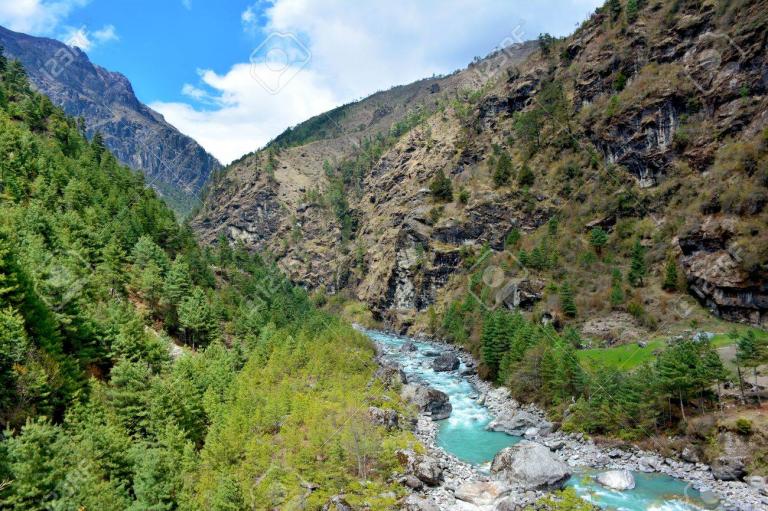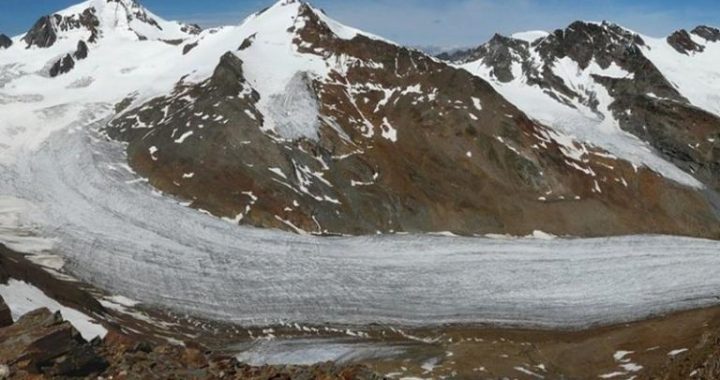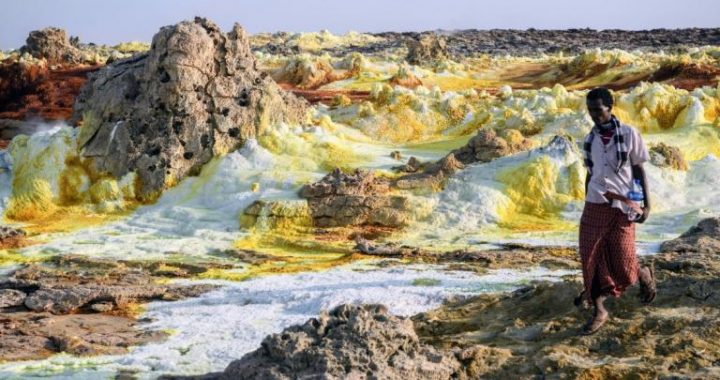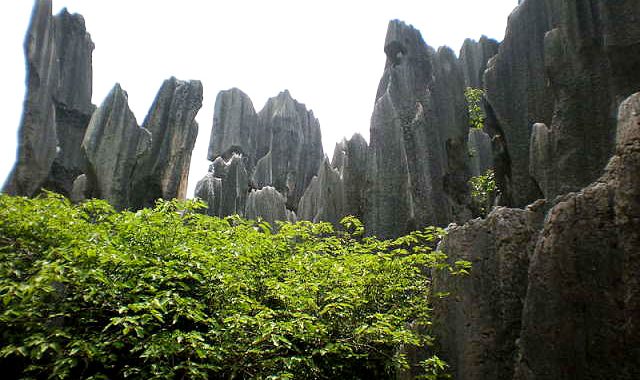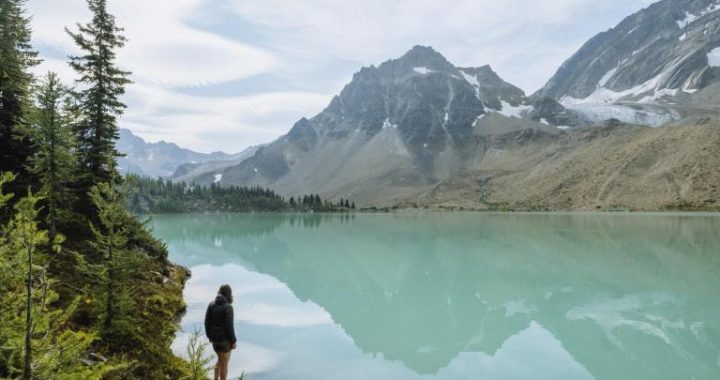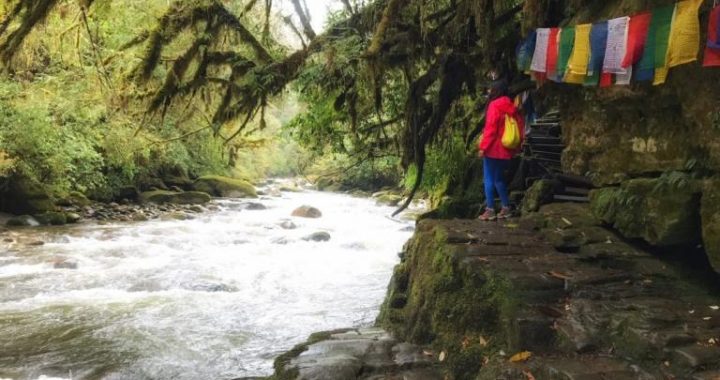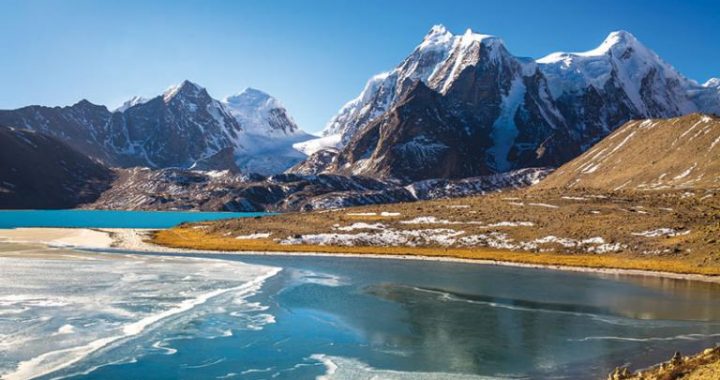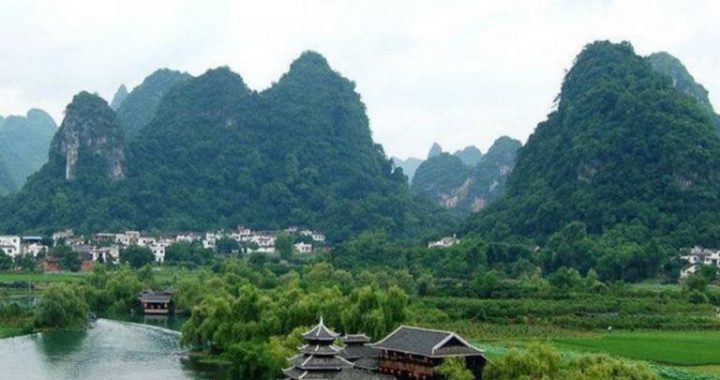WESTERN EXPLORERS:MISSIONARIES AND PLANT COLLECTORS
9 min readAs I searched for old photographs of northwest Yunnan,I became increasingly amazed at how well traveled the area was by Westerners during the late 19th and early 20th centuries.I started out scouring the literature for images, but ended up compiling an extensive catalog of all published sources from that time. All told,60 individuals, expeditions, or missionary groups documented their life and travels in northwest Yunnan. The literature they left is surprisingly deep, with more than 150 publications between the 1860s and 1949, including books, scholarly journal articles, and popular magazine writing. Because of the technology of the day, no photographs appeared in publications before 1900, even though some of the explorers carried cameras.
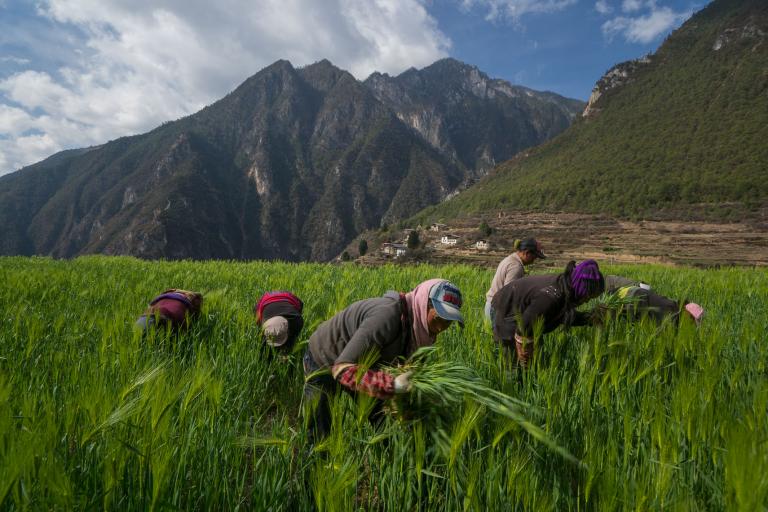
But the writing alone provides a compelling narrative image of the area, at least as it is seen through the eyes of European and American travelers. Unfettered foreign access to Chinas interior lasted a century. It started with Great Britain’s victory in the First Opium War in 1842, when they imposed the Treaty of Nanjing on the defeated Qing rulers. This was the first of 20″unequal treaties,”as they became known, that were imposed on China by Western powers and Japan, reducing it to semicolonial status.
Among other things, the treaties granted extraterritoriality to foreigners, essentially exempting them from the jurisdiction of local law. This changed somewhat after the Qing Dynasty was overthrown in 1911 and the Republic of China was established. The Republic was still weak, however, and could not stand up to the entrenched foreign powers. So in bandit-riddled Yunnan of the 1920s, for example, explorers like Joseph Rock demanded and received armed escorts from local officials to ensure safe travel. With some notable exceptions, much of their writing exuded a strong sense of colonial entitlement and an attitude of disrespect for local authority and people. This situation ended in 1949 with the founding of the People’s Republic of China, when foreigners were expelled.
The first Westerners to flock to Yunnan were French Catholic missionaries, but British and American missionaries of several Protestant denominations quickly joined them. Another big group that rapidly spreadout over the interior were competing British and French diplomats, along with the traders with which they were allied. For example, Prince Henri of Orleans led an expedition through Yunnan and northern Burma in 1894 to 1896 that was viewed(by the British) as a prelude to extending French influence north from its Indochina base in Viet Nam. Not to be outdone, the British sent Major Henry Davies to survey northwest Yunnan in several trips between 1894 and 1901. Davies and his entourage of 50 men of the 19th Yorkshire Regiment were sponsored by the British government in India and a British firm interested in building a railroad from the Burmese border to the Yangtze River. But not all foreign service officers were engaged in strategic information gathering. Both countries also put a premium on scientific exploration and had talented scientists on their staffs. For example, Charles-Eudes Bonin was a French diplomat who traveled to Lijiang in 1895 and produced the first scholarly treatment of Naxi ethnography.

Another group of northwest Yunnan explorers, and maybe the best known, was a diverse array of scientists, including anthropologists, geographers, geologists, zoologists, and botanists. Their primary motivation was to expand the boundaries of scientific knowledge in their various disciplines. Although a few were commercial plant collectors sent by the horticulture industry, such as George Forrest, Camillo Schneider, and Frank Kingdon-Ward, their contributions to botanical science were also significant.
Kingdon-Ward and Joseph Rock,a botanist and ethnographer, were the two most prolific writers and photographers of all Westerners who traveled through northwest Yunnan before 1949. The graphic and narrative record they left us is impressive, and they took many of the photographs in this book.
Then there were the adventurers. William Gill was a member of the British Royal Engineers, although his trip to Yunnan, Sichuan, and Tibetin 1877 seemed more inspired by the adventure of exploration than any practical mission. Elsewhere in the Himalayas, European mountaineers left an impressive record of exploration in the first half of the 20th century. In Yunnan this record consisted of a single expedition, albeit a unique one. In 1938, Dora De Beer led a mountaineering team in an attempt on Yulong Snow Mountain near Lijiang. It consisted primarily of women and was New Zealand’s first overseas climbing expedition. Gerald Reitlinger may have been Yunnan’s first true tourist. He appeared to have no motivation for his trip through Tiger Leaping Gorge in late 1937 other than to have a good holiday.
He accompanied C.P. FitzGerald (see next section) for most of the trip and produced a witty travel narrative, South of the Cloud.
In a previous section I explained the process of compiling a collection of old photographs from northwest Yunnan. In total, there were 42 peoplewho left a photographic record. Twelve photographers are represented in this book, and I would like to pay tribute to them with the following short biographies.
Originally from Great Britain,C.P. FitzGerald spent 27 years in China, before being expelled in 1950. From there he went to the Australian National University for the rest of his career, where he became a well-known Sino-historian. FitzGerald lived in Dali from late 1936 to early 1938 where he conducted an anthropological study of the Bai, whose people and culture are captured wonderfully in his book, The Tower of Five Glories. During December 1937 and January 1938, FitzGerald left his Dali base to explore Tiger Leaping Gorge near Lijiang with Gerald Reitlinger.
Francis Gore was one of the many priests of Societe des Misions Etrangeresdu Paris(Paris Foreign Missions Society) that were stationed in the Tibetan borderlands, often living out their adult lives there. Gore was first posted to eastern Tibet in 1908. He became vicar of the mission in Yanjing, Tibet(just north of Deqin), from 1920 to 1930 and the church at Cizhong, Yunnan, from 1931 to 1952. He published Trente Ans aux Portes du Tibet Interdit (Thirty Years at the Gates of Forbidden Tibet) in 1939, which includes valuable first-hand observations on Tibetan customs and detailed records of political and religious events of the region. After being expelled from Cizhong, he spent the rest of his life in Hong Kong.
Born in Russia, but fleeing during the Bolshevik Revolution, Peter Goullart lived in China from 1924 until 1949, when he was expelled by another communist revolution. From 1942 to 1949 he was based in Lijiang as a representative of the Chinese Industrial Cooperatives,a governmentagency. In his famous book about Lijiang life, Forgotten Kingdom, Goullart wrote an engaging and sympathetic portrait of Naxi people that is in sharp contrast to Joseph Rock’s distant and somewhat condescending attitude.
John Walter Gregory was one of the most famous geologists of his day. Based in Great Britain and Australia during his career, he embarked on scientific expeditions all over the world, from the arctic to the Antarctic. He produced books from many expeditions that were read by a wide audience.
During the summer of 1922, Gregory and his son took an expedition through northwest Yunnan, attracted by the unique geography of the three parallel rivers. They wrote several technical articles about their scientific exploration, as well as a popular book with the wonderful title, To the Alps of Chinese Tibet: An Account of a Journey of Eixploration Up to and Among the Snow-Clad Mountains of the Tibetan Frontier.
Guibaut and Liotard were French explorers who took their first Chinese expedition up the Nu River to study its human geography in 1936-1937.
They entered the valley below Lushui and struggled on bad trails up the river into Tibet, eventually crossing the mountains to Deqin. Bandits murdered Liotard in 1940 during their second expedition to western Sichuan. Guibautwent on to a career as a French diplomat and ambasador in Asia, the Middle East, and Africa.
Heinrich Handel-Mazzetti was an Austrian who went to Yunnan in 1914 planning to spend only one year collecting plants for the University of Vienna. But World War I broke out during that year and his plans changed.
With all transportation out of China controlled by France and England, andwith Austria on the opposing side, Handel-Mazzetti(“a convinced pacifist”) was stuck in China for five years until the war was over, collecting the whole time. Miraculously, all of his 13,000 plant specimens made it back to Vienna in 1922, where they now form an important foundation for the modern taxonomic treatment of the Chinese flora.
Kingdon-Ward came to Yunnan as a commercial plant collector, which he admits was really just a way to pay for his exploration passion.
He was employed by horticultural companies in Great Britain to discover the next great horticultural marvel for their businesses. Kingdon-Ward and George Forrest were the two most important plant collectors to have worked in northwest Yunnan. They introduced many plants now widely used in horticulture throughout Europe and North America, including gentians, rhododendron, poppies, and primroses. Kingdon-Ward took three expeditions to the region between 1911 and 1921, all based in Deqin. He went on to lead 22 more plant-collecting expeditions in Asia, right up until his death in 1958. He wrote books about every expedition, but his first book about Deqin is one of his best, The Land of the Blue Poppy.
Roderick MacLeod was an evangelical Protestant stationed at the TibetanChristian Mission in Batang, Sichuan, beginning in 1918. He and his family apparently spent most of the 1920s in Batang for this U.S.-based mission.
Due to bandit activity in western Sichuan, Batang missionaries often traveled south along the main caravan route through Deqin and eventually out to Yunnan’s provincial capital, Kunming. It was during these travels that he took photos in the Lancang River valley.
Born in Austria, Joseph Rock left home early and traveled widely before settling in Hawaii in 1907, where he became an accomplished botanist. He arrived in Yunnan in early 1922 on a plant-collecting trip and became enamored with the place. He spent much of the next 27 years based in Yunnan, primarily in Yuhu village, north of Lijiang, but also at Lugu Lake in Ninglang County and in Kunming. Through the mid-1930s he collected plants for the U.S. Department of Agriculture and Harvard University and was a resident explorer and photographer for the National
Geographic Society in Washington,D.C. He was a latecomer to the Yunnan plant collecting scene, however, so he didn’t make big discoveries like his predecessors. But his photographic collection of northwest Yunnan during these years is by far the best and largest among the Westerners.A gifted linguist, Rock’s scientific legacy from his China years was as an ethnographer of the Naxi people. His two-volume tome, The Ancient Na-Khi Kingdom of Southwest China, remains a classic today. Rock had hoped to live out his days in Yunnan, but was expelled from Lijiang with Peter Goullart in 1949 and returned to Hawaii for the rest of his life.
Emile Roux was the geographer for the 1894-1896 expedition led by Prince Henri of Orleans from Hanoi to India via the Nu River valley.A lieutenant in the French Navy, he made most of the scientific observations on the trip. Roux was also an excellent photographer and took many fine-quality images of the expedition. He published his report in 1897, before photography could be published readily, so his images were used to makevery detailed engravings, which I used in this project 100 years later.
Christian Simonnet was a priest stationed in French Indochina with the Paris Foreign Missions Society. He spent an enjoyable summer vacation from June to September 1946 visiting his French and Swiss colleagues in northwest Yunnan. He produced a light and witty account of the trip, Thibet: Voyage au Bout de la Chretiente(Tibet: Voyage to the Ends of Christianity).
The Air Transport Command flew in supplies behind Japanese lines to help the Chinese Army during World War IⅡ. They flew between Asam, India, across northern Myanmar to Kunming, Yunnan. This flight path took them over the high and treacherous mountains of northwest Yunnan, which became known as “flying the Hump.”The Hump flights began after the U.S.
entered the war, starting in early 1942. Because it was such a dangerous flight and plane crashes were frighteningly common, the U.S. Army wanted to make accurate maps of the area. They flew a series of photography flight lines across Yunnan during the winter of 1943-1944.I used this vintage aerial photography to supplement the ground-based photos. The Air Transport Command is often confused with the Flying Tiger’s, which were volunteer fighter pilots based in Yunnan who attacked the Japanese in Burma before the U.S. entered WWII in 1941.
